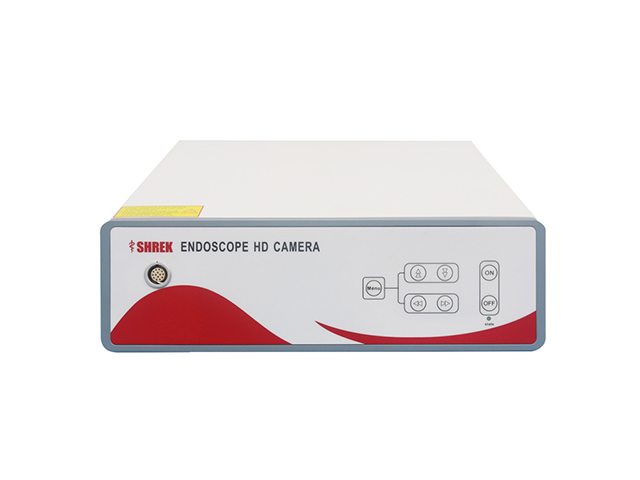SHREK NEWS
What are the potential risks of medical endoscopic camera examination to the body?

medical endoscope camera examination is generally considered safe, but like any medical procedure, there are potential risks and complications that may occur. Some of the potential risks of medical endoscopic camera examination include:
Bleeding: The insertion of the endoscope into the body may cause some minor bleeding, especially if there is an underlying condition that affects the lining of the organ being examined.
Perforation: In rare cases, the endoscope may perforate the wall of the organ being examined, leading to a tear or hole in the tissue. This can cause serious complications and may require surgery to repair.
Infection: There is a risk of infection anytime a medical instrument is inserted into the body. Endoscopes are typically cleaned and sterilized between uses to minimize this risk, but there is still a small chance of infection.
Reaction to sedation: Endoscopic procedures may require the use of sedatives to help the patient relax and reduce discomfort. In rare cases, a patient may have an allergic reaction to the sedative medication.
Breathing problems: In some cases, the sedative medication used during an endoscopic procedure may cause breathing problems, particularly in individuals with underlying respiratory conditions.
It is important to note that these risks are generally low and that the benefits of endoscopic camera examination often outweigh the risks. However, it is important to discuss any concerns or questions you may have with your healthcare provider prior to the procedure.




